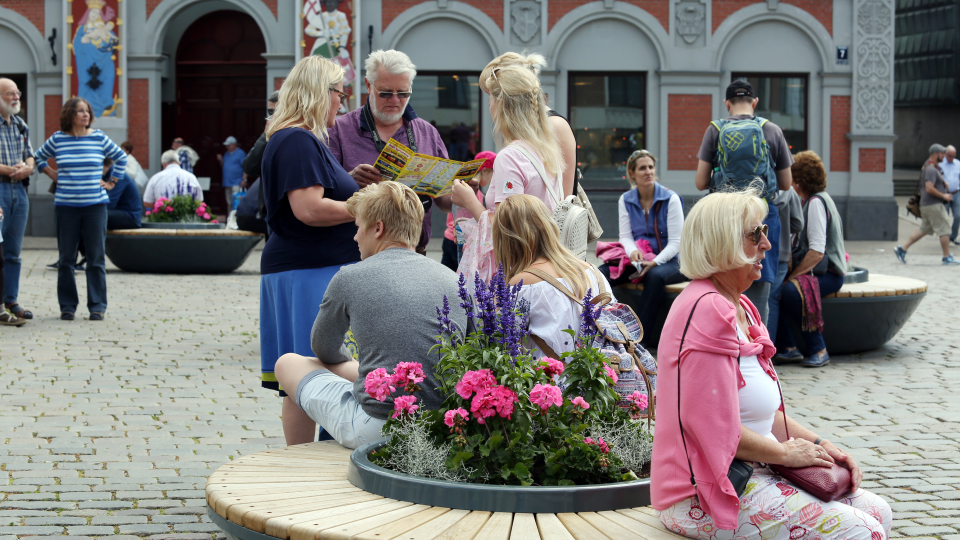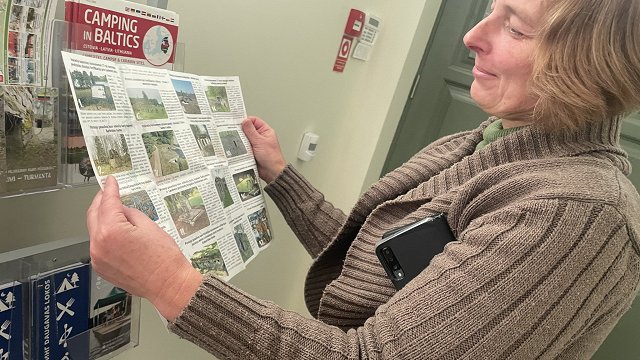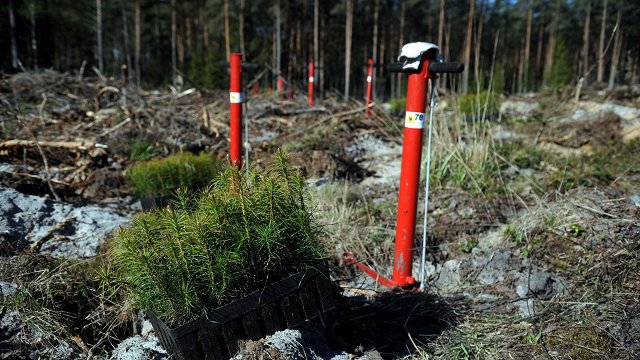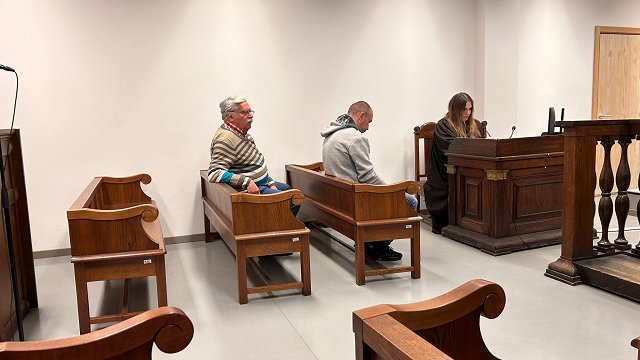In the first quarter of this year, the number of foreign tourists served in hotels and other accommodation reached around 50% of its volume prior to the pandemic, according to data from the Central Statistical Bureau.
“We will be looking forward to the data on April and May for the second quarter when the tourism season actually started,” commented Ēriks Lingebērziņš, president of the Association of Latvian Travel Agents and Operators. He said that it would then be possible to gauge the indications and provide forecasts for this year as a whole. However, he does not expect any significant changes in the structure of tourists.
"These are still Lithuania and Estonia, which have historically been major tourism markets. Then comes Germany and Britain. If the number of Russian tourists was to be viewed, it stopped and decreased from 2020, with travel restrictions. And if, in the past, we looked at more than 10% of Russian tourists, then it is likely that we will not return to this volume in the near future, taking into account the geopolitical situation. We work a lot more on the German, British, Polish, and Scandinavian markets. Possibly also for certain markets in Southern European countries," Lingebērziņš said.
In addition, this summer season, individual tourists will travel to Latvia more than large groups of travelers. Many group bookings were canceled following the war launched by Russia in Ukraine. What is positive, is that this summer more than 100 cruise ships are planning to stop in Rīga.
“It's a positive change when compared to previous years, and actually also with 2019. Consequently, we can expect cruise ships to stop more frequently in Riga,” said the expert.
In order to recover from the pandemic and reach the level of 2019 in tourism, the hotel and restaurant sector will need at least three years. “On the condition that the war will end in Ukraine. Ukraine will win, and the world will have won the Covid,” said Jānis Naglis, president of the Latvian Hotel and Restaurant Association. He said that during this summer's tourism season, the industry expects smaller income but more guests.
“Group tourism is practically not there, and the whole industry is based on individual tourists,” Naglis said.
The sector still has many challenges. One of the largest is a lack of workforce.
"Plan the workforce correctly to accommodate these individual tourists. It's unpredictable because they make reservations at the last moment. If it's a week before, it's already a very good indicator. The biggest challenge for the tourism industry is labor. Through these two years of the pandemic, the hospitality sector has lost, as a flash estimate, around 10 thousand employees. It's a huge number that has to be compensated. In part, it is helped by Ukrainian refugees adapting to work in the hospitality sector," Naglis said.
The second challenge is the quality of services. If people in hospitality have not practiced for two years, it is difficult to provide a high-quality service. “If it is assessed that the level of service is not good, then we will be missing something from this business tourism section in the future,” said Naglis.






























